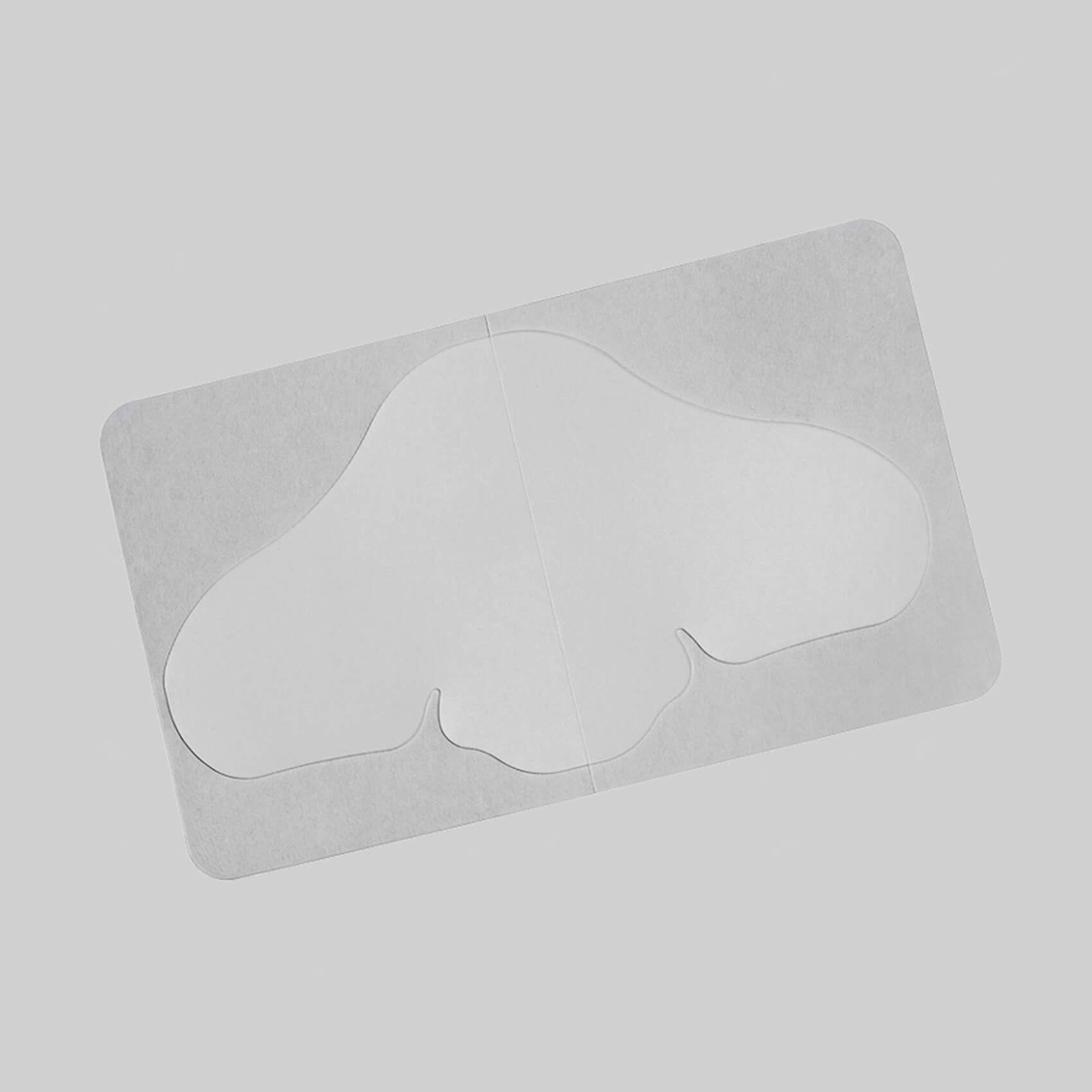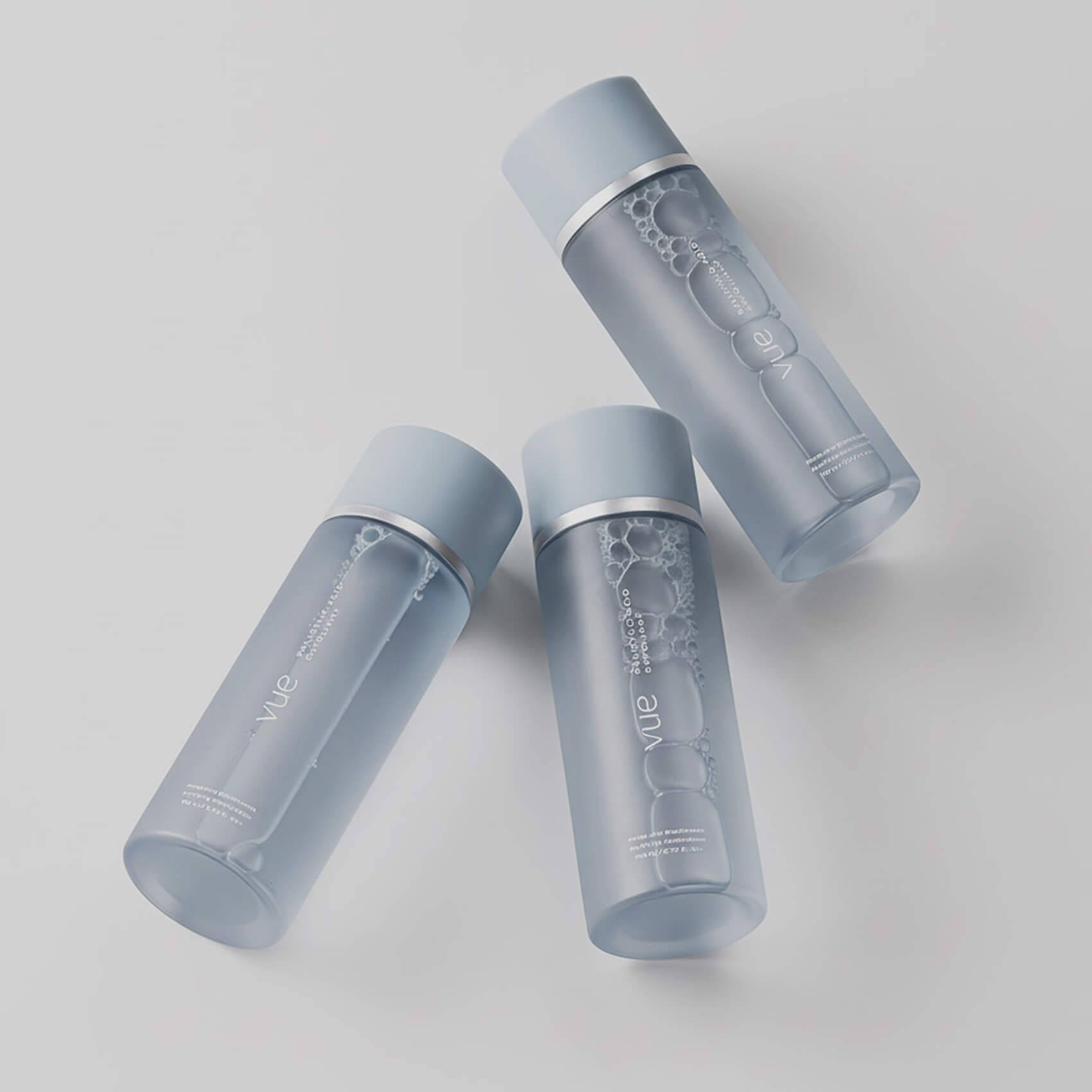What Are Filaments?
In biological terms, a filament is a slender, thread-like structure. For example, hair is composed of filaments made of keratin, a protein that forms the structural component of hair strands. These filaments are essential for various functions, including protection and sensation.

What Are Sebaceous Filaments?
Sebaceous filaments are tiny, tube-like structures that line the inside of your pores. They are composed of sebum (the skin's natural oil) and dead skin cells. Their primary function is to channel sebum from the sebaceous glands to the surface of the skin, helping to keep the skin moisturized and protected. Sebaceous filaments are most commonly found in areas with a high concentration of oil glands, such as the nose, chin, and forehead.
When Do Sebaceous Filaments Become a Concern?
Sebaceous filaments can become more visible when your skin produces excess oil due to factors like hormones, dehydration, or improper skincare. Excess oil and buildup in the pores can also contribute to blackhead formation and other breakouts. Maintaining a balanced and consistent skincare routine helps minimize their appearance and prevent related concerns.
Sebaceous Filaments vs. Blackheads
It's easy to confuse sebaceous filaments with blackheads, but they are distinct entities:
- Sebaceous Filaments: These are normal components of the skin's oil delivery system. They appear as tiny, grayish or flesh-colored dots and are generally uniform in size. When extracted, they produce a thin, whitish or yellowish thread of sebum. Importantly, sebaceous filaments are not a form of acne.
- Blackheads: Blackheads are a type of acne formed when a pore becomes clogged with excess oil and dead skin cells. The open surface of the pore allows the material inside to oxidize, turning it black or dark brown. Blackheads are typically larger than sebaceous filaments and can be extracted, though doing so improperly can lead to skin damage.

Why Sebaceous Filaments Are Here to Stay
Sebaceous filaments are a natural part of your skin's physiology and cannot be permanently removed. Attempting to extract them can lead to skin irritation, inflammation, and even damage to the pore, potentially causing scarring or enlarged pores. Moreover, since sebaceous filaments are continuously produced by the sebaceous glands, they will reappear even after extraction.
Managing Sebaceous Filaments
While you can’t get rid of sebaceous filaments entirely, you can reduce their appearance and prevent them from becoming more noticeable.
Regular Cleansing
Keeping your skin clean is essential for managing sebaceous filaments. A cleanser that removes excess oil without disrupting the skin barrier is key. Vue’s Exfoliating Jelly Cleanser gently cleanses while exfoliating, helping to clear out your pores and minimize the visibility of filaments. Its balanced formula ensures your skin feels refreshed without being stripped of its natural oils.

Hydrating Toners
Hydration is often overlooked when addressing sebaceous filaments, but it’s crucial. Dehydrated skin can overcompensate by producing more oil, making sebaceous filaments more noticeable.
Topical Solutions
For a targeted approach, hydrocolloid patches can work wonders in drawing out excess oil from your pores. Vue’s Nose Patches provide a non-irritating solution that reduces oil buildup, especially on the nose which is prone to sebaceous filaments. These patches are perfect for occasional flare-ups or when your pores feel congested.

Oil Control Products
Balancing oil production can help manage sebaceous filaments. Vue’s Prebiotic Clarifying Moisturizer is formulated to support your skin's microbiome while keeping oil levels in check. By nourishing your skin barrier with prebiotics, it prevents overproduction of sebum and reduces the visibility of sebaceous filaments, leaving your skin balanced and healthy.
Avoid Aggressive Removal
It can be tempting to squeeze or extract sebaceous filaments, but doing so can harm your skin. Over-extraction can lead to enlarged pores, irritation, and even breakouts. Instead, focus on gentle, consistent skincare practices that support your skin's health.

Conclusion
Sebaceous filaments are a normal and essential part of your skin's anatomy, playing a crucial role in transporting sebum to the skin's surface. While they can be mistaken for blackheads, it's important to recognize the difference and avoid attempting to extract them. Instead, focus on skincare practices that manage oil production and keep pores clear. Incorporating products like those offered by Vue can aid in reducing their appearance, promoting healthier and clearer skin.
















